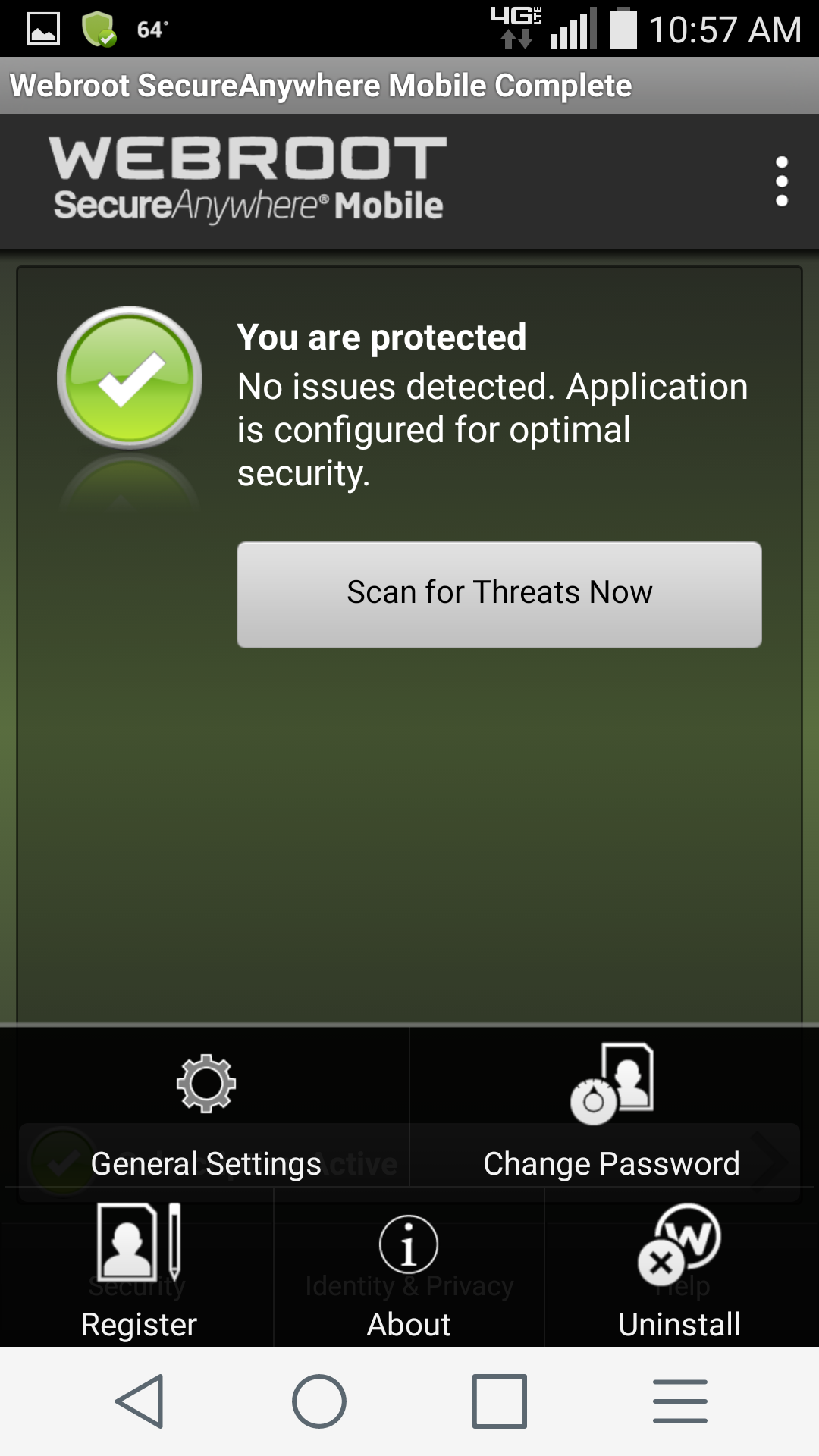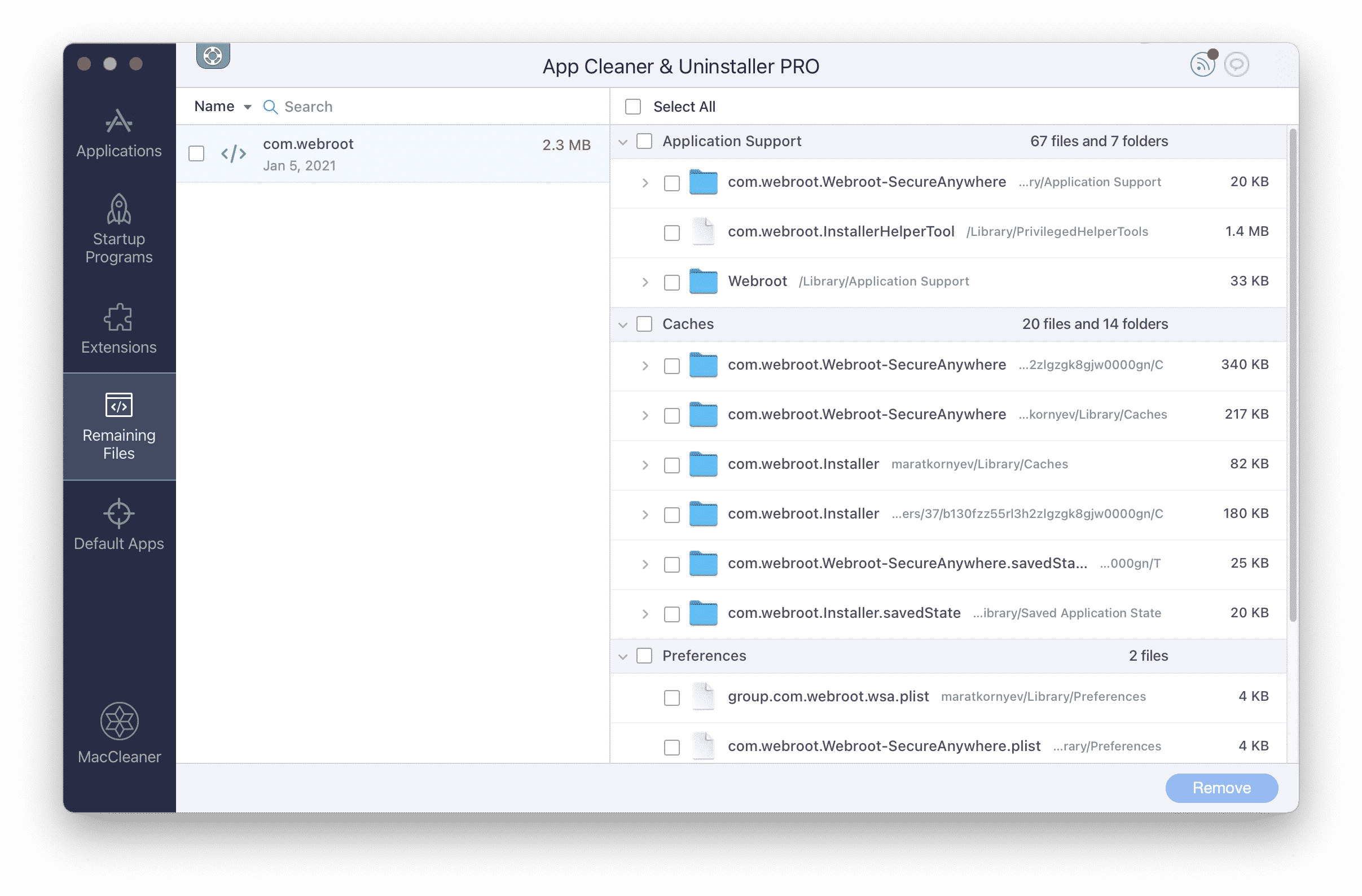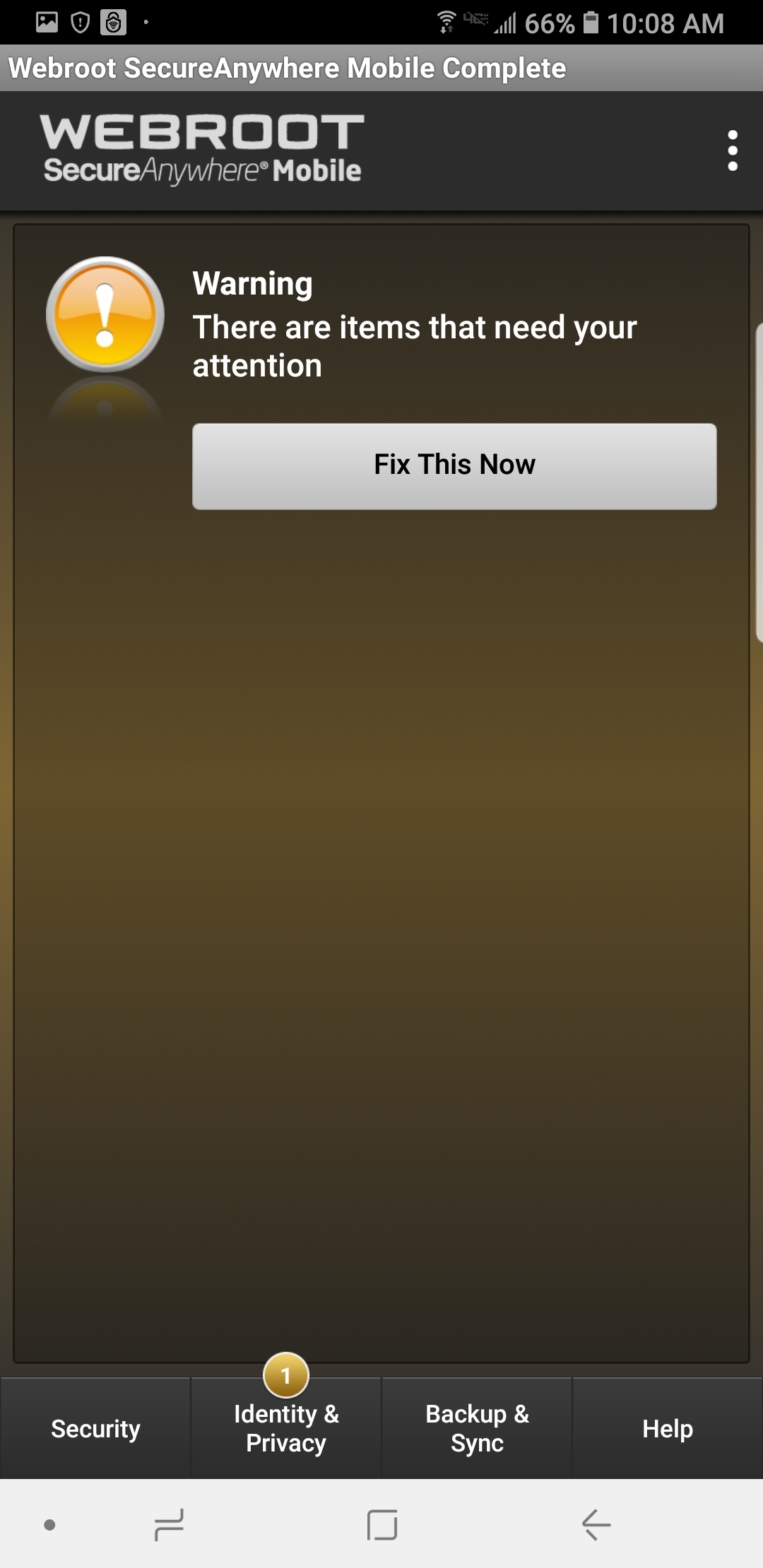

:max_bytes(150000):strip_icc()/GettyImages-647358222-f55e49c47c6a4f4891b1874d85cfe506.jpg)
#REMOVE WEBROOT MAC#
How do I Uninstall an app on my Mac Big Sur?.How do I completely Uninstall a program?.How do I uninstall an app on Mac Catalina?.How do I delete an app from my Mac that won’t delete from Launchpad?.How do I remove Webroot from Windows 10?.How do I uninstall Webroot without a password?.How do I view activity monitor on Macbook Pro?.How do I remove Webroot from my system tray?.How do I remove Webroot from Mac High Sierra?.

Once the endpoints are reactivated, you need to reinstall the Webroot agent to get them to report into the console and be fully protected. Check the box for the devices to reactivate. Then click the Deactivated Endpoints group to display the list of deactivated devices.Ĥ. In the Endpoint Protection console, click the Group Management tab. Go to the Endpoint Protection tab and click Go to Endpoint Protection Consoleģ. Select Sites List and click the Site where you want to reactivate a device.Ģ. Log in to the Webroot management console from Atera > Add-ons > Webroot.Ģ. If you deactivate an endpoint by mistake and wish to reinstate it, you can reactivate it from the Deactivated Endpoints Group accessible via the Endpoint Protection console.ġ. Reactivate Webroot SecureAnywhere on endpoints You can run the script immediately or automatically through an IT Automation profile. Otherwise, you can uninstall Webroot directly on the local machine from Programs & Features, or by using the Uninstall Webroot script in Atera's Shared Script Library:

If the Antivirus was installed through Atera, you can uninstall it from the Device page > Manage > Apps > Webroot > Uninstall: In case the uninstall command does not reach the endpoint, there are two options for removing Webroot SecureAnywhere through Atera. Deactivated devices are moved to the Deactivated Endpoints Group, accessible via the Endpoint Protection console. The agent will be uninstalled from the device when the device checks in. Click Deactivate Device to confirm the command and proceed with the deactivation. A warning message appears, indicating that an uninstall command will be sent to the selected device.Ħ. This action retains the endpoint entry in the Webroot Management console (although it displays a status of "Not Seen" after 7 days).ĥ. Note: If you don't want to remove the endpoint from the Management Portal but still want to uninstall the agent software, you can send an Uninstall Agent command instead. Select the endpoints you wish to deactivate from the list, then under Agent Commands drop-down menu, select Deactivate Device. Under Manage > Entities, click the relevant Customer Site.Ĥ.
#REMOVE WEBROOT CODE#
Enter your Email/Phone, Password, and Security Code when prompted.ģ. Log in to the Webroot management console from App Center, then click on Webroot.Ģ. If the uninstallation command does not reach the endpoint, see Uninstall Webroot through Ateraġ. This would similarly apply to every DNS-enabled site.
#REMOVE WEBROOT SOFTWARE#
For accurate billing, please ensure that the Webroot software has been completely removed from each chosen device. Note: You will be billed based on the maximum number of protected devices you have during your billing cycle, regardless of their installation date.
#REMOVE WEBROOT INSTALL#
By deactivating an endpoint, you can free the license seat so you can install another endpoint in its place. Deactivate Webroot-protected endpoints when they are no longer in use. You can reactivate an endpoint later, if necessary.


 0 kommentar(er)
0 kommentar(er)
